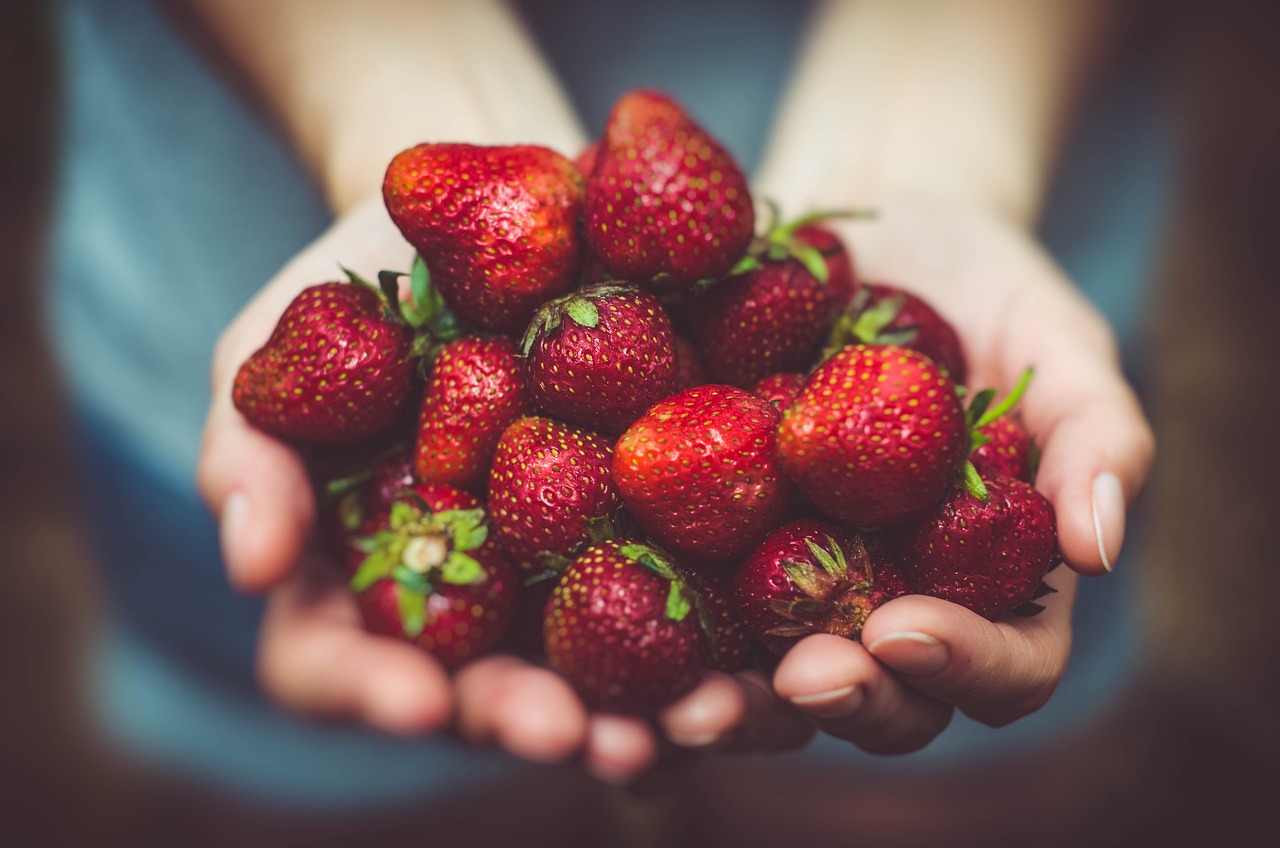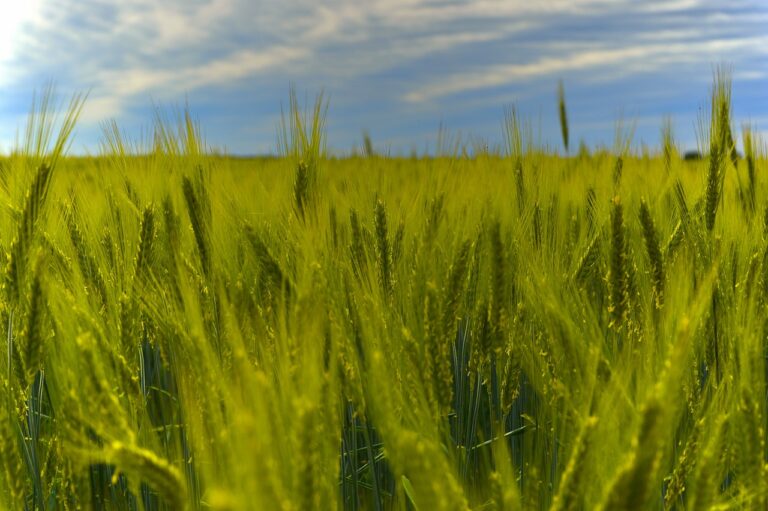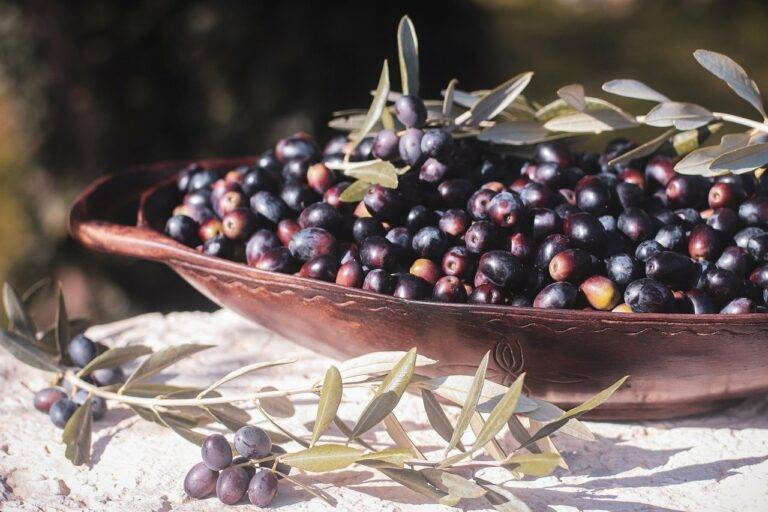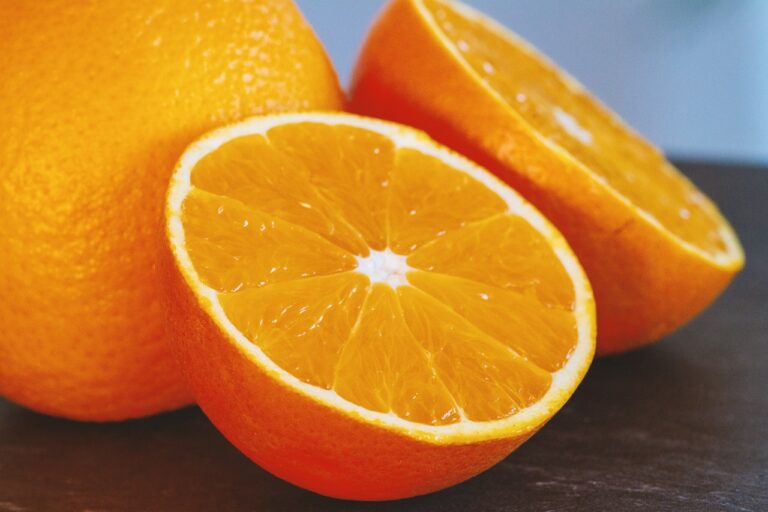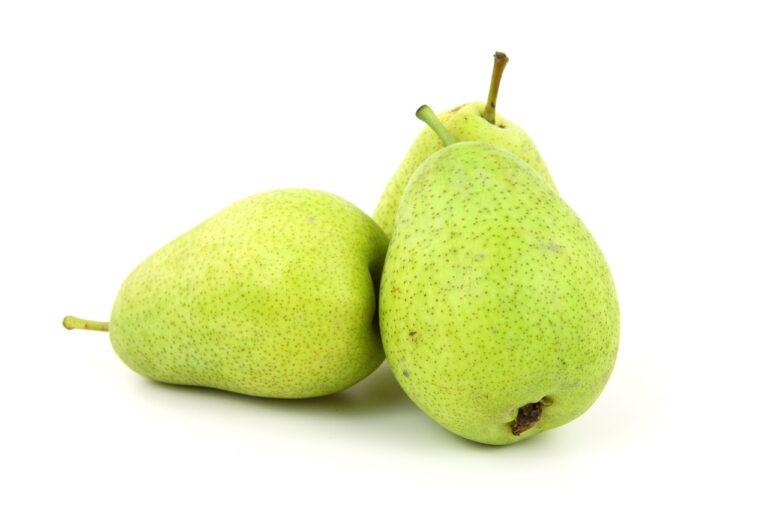Exploring the Future of 3D Food Printing
As technology continues to advance at a rapid pace, the culinary industry is also experiencing transformations. 3D food printing, once a futuristic concept, is gradually becoming a reality. This innovative technology has the potential to revolutionize the way food is prepared, presented, and consumed.
One of the most exciting implications of 3D food printing is the ability to customize food creations to individual preferences and dietary needs. With this technology, chefs can design intricate and personalized dishes that cater to specific tastes and requirements. This level of customization opens up new possibilities for creativity and experimentation in the culinary world.
Current State of 3D Food Printing Technology
3D food printing technology has made significant strides in recent years, evolving from its initial concept stage to a more refined and practical application in the culinary world. The technology now allows for the printing of various food items, ranging from simple shapes to intricate designs, using edible ingredients. This advancement has piqued the interest of chefs, food scientists, and consumers alike, with many exploring the creative and innovative possibilities that 3D food printing can offer.
One key aspect of the current state of 3D food printing technology is the development of printers capable of working with a wide range of food materials, including chocolate, dough, vegetables, and even meat substitutes. These specialized printers are equipped with intricate nozzle systems that can precisely deposit layers of food material to create the desired end product. As ongoing research and development efforts continue to enhance the capabilities and functionalities of 3D food printers, we can expect to see even more exciting applications and advancements in the near future.
Advantages of 3D Food Printing in Food Production
3D food printing technology offers numerous advantages in food production. One key benefit is the ability to customize food products according to individual preferences and dietary requirements. This level of personalization allows for the creation of tailored meals that cater to specific tastes, allergies, or nutritional needs. Moreover, 3D food printing enables intricate designs and shapes that are difficult to achieve through traditional methods. This opens up new possibilities for creative food presentations and experiences in the culinary world.
• Customization of food products to meet individual preferences and dietary requirements
• Ability to create intricate designs and shapes that are difficult to achieve through traditional methods
• Opens up new possibilities for creative food presentations and experiences in the culinary world
What is 3D food printing?
3D food printing is a process of creating food using a specialized 3D printer that builds up layers of edible materials to form a desired shape or structure.
How does 3D food printing work?
3D food printing works by using edible materials, such as food pastes or powders, which are loaded into a 3D printer and then extruded layer by layer to create a three-dimensional food item.
What are the advantages of 3D food printing in food production?
Some of the advantages of 3D food printing in food production include customization of food products, precise control over ingredients and nutritional content, reduction of food waste, and the ability to create intricate and visually appealing designs.
How can 3D food printing impact the culinary industry?
3D food printing has the potential to revolutionize the culinary industry by providing chefs and food manufacturers with new tools and techniques to create unique and innovative food products, as well as offering solutions to various challenges in food production.
What is the current state of 3D food printing technology?
The current state of 3D food printing technology is rapidly advancing, with ongoing research and development efforts aimed at improving the speed, reliability, and versatility of 3D food printers, as well as expanding the range of edible materials that can be used in the printing process.

